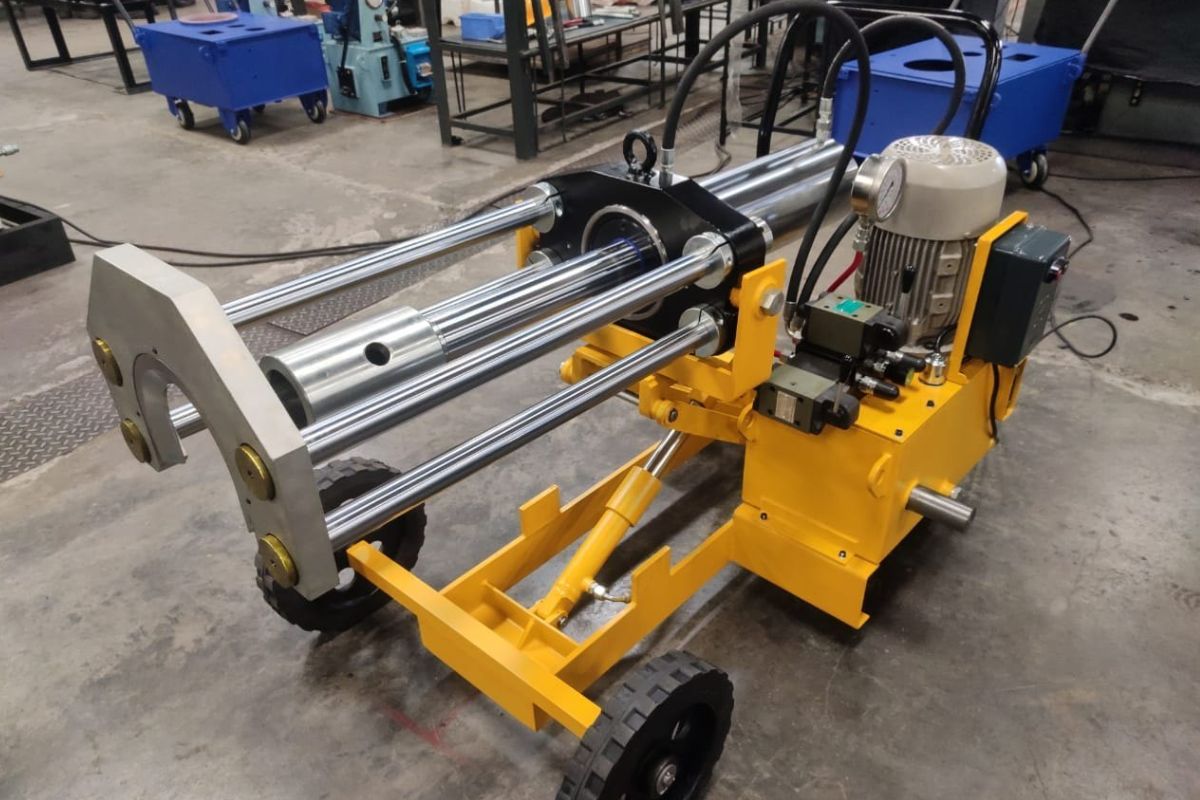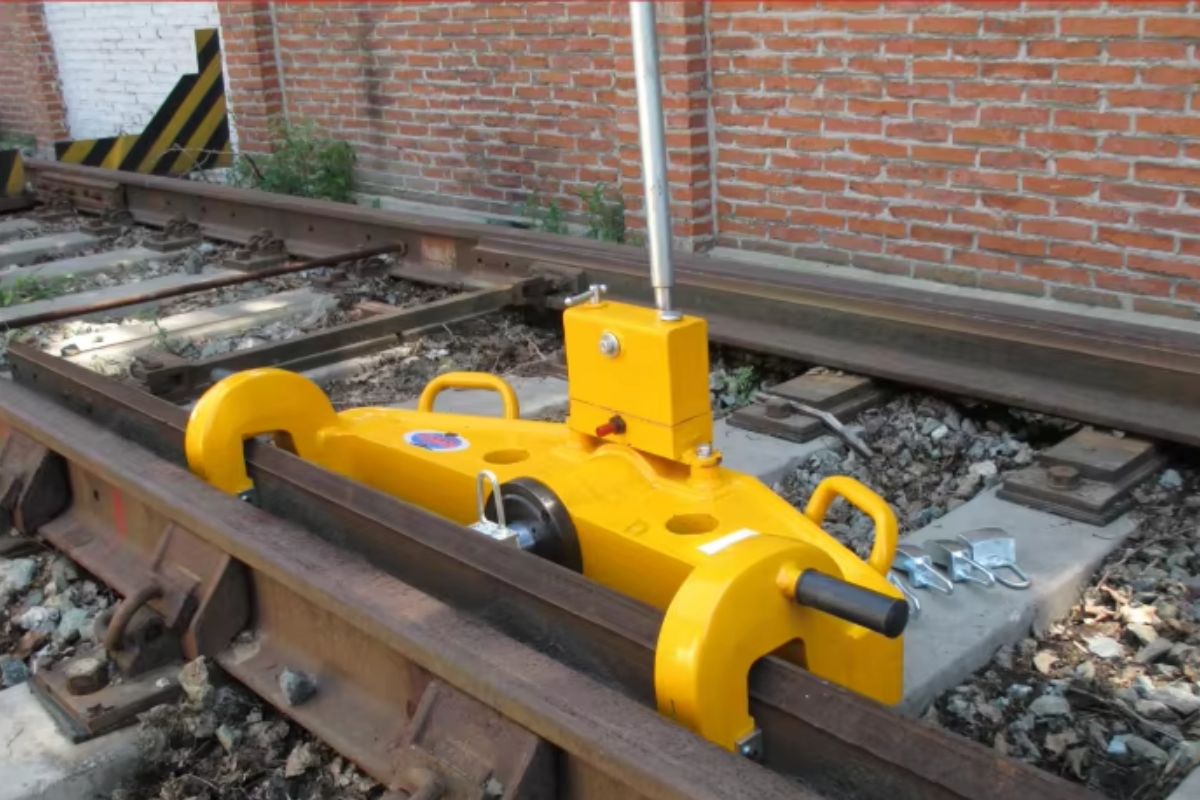Why Precision Tools Are Essential in Today’s Rail Projects

Trains are often known as the backbone of a nation’s transport infrastructure. They connect major cities, facilitate freight and logistics, and facilitate millions of commuters to move every day. But beneath the surface of what appears to be a seamless, efficient system lies a complex building process—precision being something that is not optional, but essential.
In today’s rail projects, Precision Tools are a part of maintaining the tracks safe, efficient, and durable. From rail alignment to millimetric accuracy to measuring their stress resistance, high-performance railways are achievable only through sophisticated instruments.
Table of Contents
TogglePrecision Alignment: Where Every Millimeter Matters
One of the very first—and necessary—functions of track construction is rail alignment. Especially for continuously welded rails (CWR), absolute positioning is essential to avoid structural anomalies, reduce noise, and prevent early wear.
The Role of the Rail Puller

The most valuable tool for this stage is the rail puller. It is a tool that is used to pull and position rail sections with exact force and precision. It replaces the necessity of manual labor and guesswork traditionally utilized to couple rail ends together before welding.
Key Benefits of Using a Rail Puller Include:
- Improved joint quality: Aligning rails perfectly before welding minimizes internal stress and weld failure rate with the rail puller.
- Time savings: Mechanical adjustment speeds up the installation process while improving consistency.
- Safety and ergonomics: The operator can align with less physical effort and higher accuracy, especially in difficult terrain or cramped spaces.
Automation and Control: Elevating Precision to the Next Level
Another significant advantage of modern rail construction machinery is its high level of automation and integrated control systems. Equipment like the CR160 rail puller doesn’t just provide raw strength—it uses intelligent control functions to provide consistent pulling force, adjust positioning with real-time feedback, and reduce the potential for human error.
This level of precision is essential in today’s projects, where even slight misalignments can lead to long-term structural deterioration. By turning intricate operations into automation, construction teams gain velocity as well as accuracy, allowing them to control massive operations with fewer delays and more assurance of the final product.
Beyond Surface Checks: Testing for Long-Term Durability
After the rails are aligned and welded correctly, the next concern is making them strong. Although superficial problems may be detected by a visual inspection, internal weaknesses can’t be seen—until a failure happens. That’s why sophisticated testing equipment is crucial.
Introducing the Rail Bend Testing Press

A rail bend testing press applies controlled pressure to a section of rail to simulate the stresses that arise in real service. Bend testing is a non-destructive testing process that helps determine:
- Structural integrity
- Elastic and plastic limit of deformation
- Fatigue strength against repeated load cycles
Data gained from bend testing helps engineers ensure that each section of rail is as good as, or better than, industry standards before being fitted into the network.
With more emphasis on preventive upkeep and proactive quality control, equipment like the rail bend testing press is essential for modern rail use. They enable construction workers to identify issues early—before they’re safety hazards or service disruptions.
From Construction to Maintenance: Long-Term Value of Precision Tools
The value of precision tools does not cease at the installation point. As rail systems expand and mature, ongoing inspection and testing are just as important. Equipment like the rail bend testing press is essential to planned maintenance regimes, allowing rail operators to track wear and tear over time in advance. This forward thinking lengthens the life cycle of infrastructure investments and reduces the likelihood of unexpected breakdowns. At its core, these machines aren’t just about building railways—they’re about maintaining them intact for decades to come.
Building Tracks That Last
Modern rail infrastructure must be perfect for decades. Increased speed, increased freight weight, and more demanding weather conditions require every track inch to be engineered and laid to specification.
Precision Tools such as the rail puller and rail bend test press allow rail construction experts to:
- Install stronger, more durable tracks
- Fewer maintenance stops and less service downtime
- Improve safety for workers during installation
- Ensure conformance to current standards and regulations
Simply put, they’re necessary for providing infrastructure that’s not just functional but future-proof.
The Invisible Tools Behind Every Journey
Passengers will never even see the equipment used to construct and maintain the rails they travel upon—but their journey is dependent on them. Precise machinery ensures that every rail goes where it needs to, welds together perfectly, and strong enough to support the stresses of the daily commute.
Whether it’s installing rails into spot-on position or stressing them out to survive the decades ahead, accuracy is what distinguishes a good railway from a great railway.
Published by Chloe Jhonson
With over 5 years of experience in content creation, I specialize in crafting engaging posts across various topics — from fashion, lifestyle, business & tech. Join me as I share insights & ideas to inspire your journey! View more posts
Recent Post
Ultimate Hair Transplant Tourist Cities







